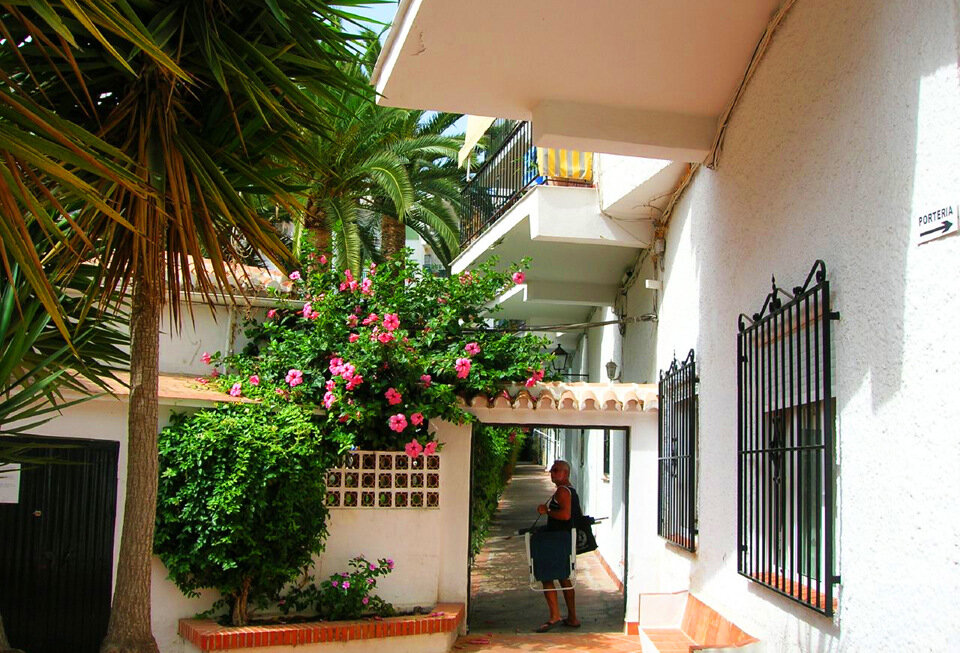

Nerja is a municipality on the Costa del Sol in the province of Malaga in the autonomous community of Andalusia in southern Spain . It belongs to the comarca of La Axarquia . It is on the country's southern Mediterranean coast, about 50 km east of Malaga
Under Muslim rule, its name was Narixa, which means "abundant source" and is the origin of the current name.
In more modern times, sugar cane production has given way to more valuable cash crops, particularly semi-tropical fruits such as mango and papaya and widespread avocado plantations in what is one of the major avocado growing regions in Europe. The sugar cane factory is still on the eastern edge of town, but is now empty.
It is the eastern-most town in the area known as the Axarquia and has an official population of around 22,000 (in 2008) — nearly 30% of which are foreign residents, including around 2,600 British — although the true expatriate population is probably at least twice that. In the summer months, tourism swells the population several times more. The streets are narrow, some one way and some are pedestrians only. Cars line many streets and there are two main car parks to take the overflow.
The town is situated on a fairly steep hill. It has several beaches set in coves beneath cliffs. It is also becoming a significant centre for walkers, thanks to the mountain scenery of the nearby Sierra de Almijara and Sierra Tejeda . The Sierra de Burno overlooks the town. Nerja is also the centre of scuba diving on the Costa del Sol, with the Natural Park of Maro - Cerro Gordo nearby.
The town has five supermarkets, a Lidl and many mini-marts spread around town. Nerja does not have any large stores of the main chains of shops in Spain. Nerja has a small exhibition hall in the High Street and February or March there is a parade of bicycles which attracts a few thousand cyclists, including people of all ages. Also a Carnival parades through the town with people lining the streets.
Nerja has been a source of inspiration for expatriate writers and artists, such as Scottish novelist Joan Lingard and French-born author Andre Launay; Jorge Guillen and Federico Garcia Loca were longtime visitors and residents of the town.The town was also the main setting for the filming of Verano azul a popular Spanish television series later exported to several countries.
Source : Wikipedia.org































































No comments:
Post a Comment